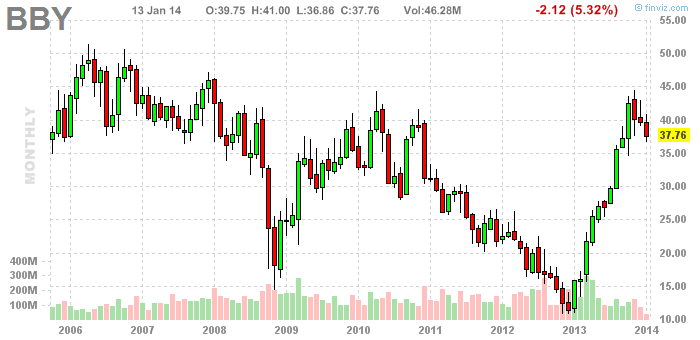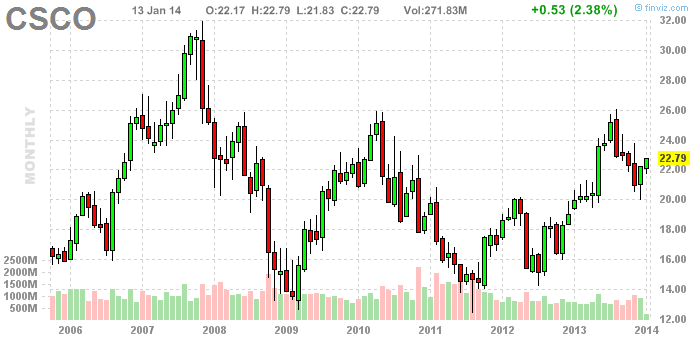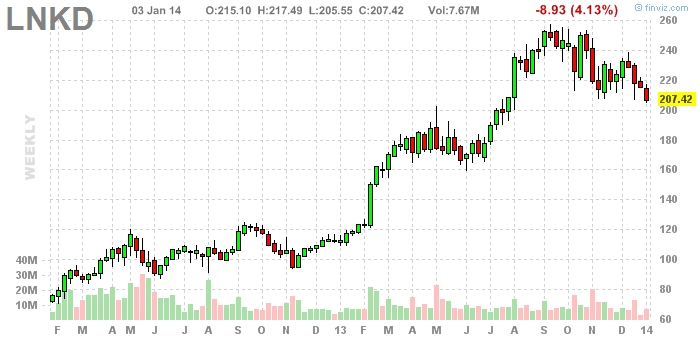I recently wrote about the difference between long-term investing and “buy-and-hold-forever”. Long-term investing requires investors to have a framework to deal with innovation. Sometimes, all it takes is one strategic mistake to sink an otherwise well run company. I am going to once again use the US context to frame this discussion, but it is applicable generally.
The rise and fall of Circuit City
Commercial broadcasting began after World War II. Few households owned TV sets but the medium was growing rapidly: The number of TV stations in the United States nearly tripled in 1949, from 27 to 76. The founder of Circuit City saw an opportunity and took it. Circuit City soon grew into a nationwide chain of discount electronic stores where commissioned salespeople helped the customers make their purchases. Salespeople were central to Circuit City’s business model, which depended on selling big-ticket, high-margin items and lots of extended service plans.
“Circuit City was at their strongest when consumers didn’t really understand what they were buying and were nervous about it.”
Then along came Best Buy. While their basic model was similar to Circuit City, Best Buy carried a wide variety of low-margin products to get customers in the door, such as computer peripherals, video games and CDs. As consumer electronics became cheaper and more ubiquitous, customers no longer needed or wanted a salesperson to help them with many of their purchases.Circuit City, on the other hand, stuck to its commission-based sales force and its reliance on high-margin products and watched Best Buy take over its market share.
“It’s a story of hundreds and hundreds of smaller decisions that added up to be destructive.”
You can read the whole story on Scribd.
The article doesn’t mention Amazon, though. Amazon pretty much turned Best Buy stores into showrooms for its products. Best Buy too went through its own existential crisis last year.
Charts of Best Buy and Circuit City:

Value traps
It might look obvious, given the benefit of hindsight, that Circuit City and Best Buy were/are doomed. But the problem is that the road to zero is long and winding. At many points in the journey towards zero, the stock might appear to be a bargain. Take the recent bullish commentary on Cisco for example:
The stock “could return 20% over the coming year, not because the competitive threat isn’t real, but because the stock’s valuation appears to factor it in, and then some,” Jack Hough writes, in a bullish article on Cisco (CSCO). Hough notes that the “new threat” to CSCO is software-defined networks, and although “SDNs are largely in a proof-of-concept stage” with widespread adoption still years away, “some 20% of CSCO customers by then could be tempted to try commodity gear.”
So CSCO’s high-margin gear that is sold with a whole bunch of profitable services contracts is under threat from low-margin commodity gear that are “good enough.” Is CSCO a value trap?

Lessons from the PC massacre
John Kirk has a wonderful article on Techpinions that is a must read for all long-term investors:
The reason people don’t see disruption coming is because they compare one product to another when they should, instead, be comparing the needs of the consumer to the product that best serves those needs.
Read: How The Tablet Made An Ass Of The PC
Conclusion
Long-term investing requires investors to have a framework to think about innovation. As you saw in the examples above, nobody rings a bell to announce the arrival of a game changer. But by asking the right questions, investors can get a sense of which way the wind is blowing and get out of the way before the tornado strikes.









